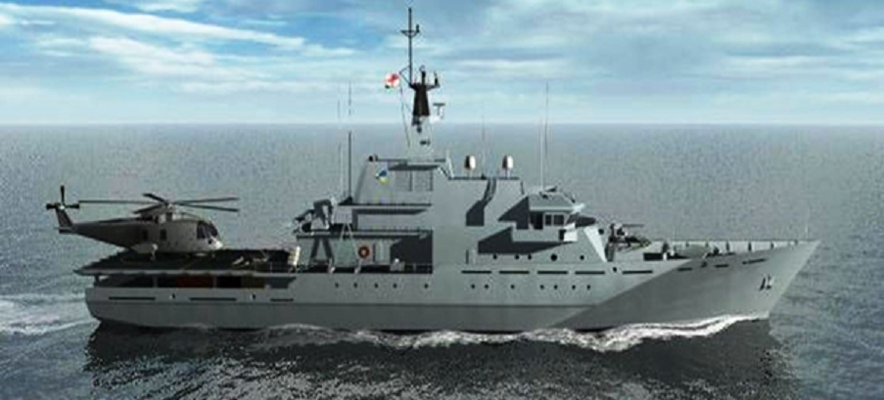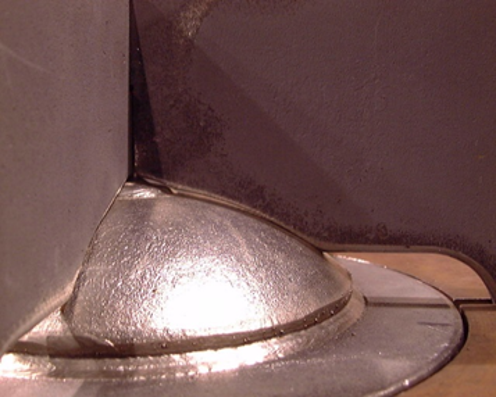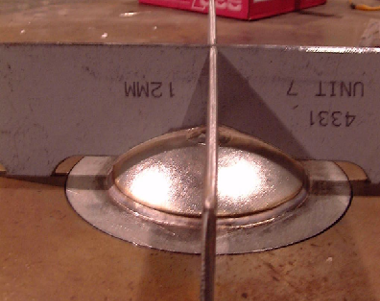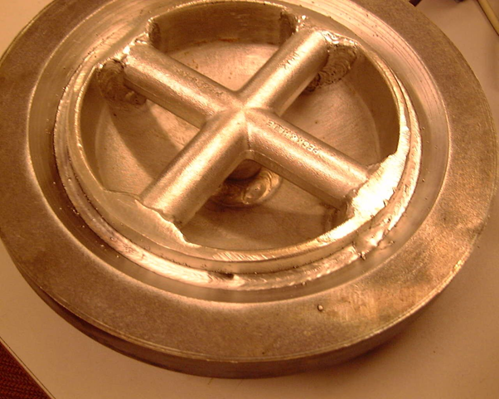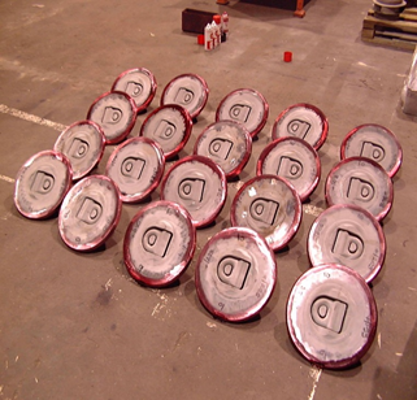Introduction
Securing a multi-million-pound helicopter to a sea going vessel is a job that relies on achieving a secure anchor within the ships deck. When possible, this will be part of the structural design, however how do you develop a solution to anchor an aircraft to pre-existing deck plate? Answer: Call SpiralWeld™ Ltd.
Deck plate is typically a low carbon steel and is weldable to other similar low carbon steels. An anchor point for a helicopter tie down, in this project, was made from a cast super-alloy grade of steel to benefit from enhanced mechanical properties. Performing a dissimilar metal weld between the super-alloy steel and low carbon deck plate is fraught with challenges that risk weld integrity.
The Challenge
Working with our customer, SpiralWeld™ Ltd developed procedures to allow the cast super-alloy helicopter tie-downs to be installed into the ship deck plates easily with extremely high structural integrity. Representative test pieces of the deck plate/weld interface/tie down materials were welded and subjected to destructive, non-destructive and mechanical testing to validate the weld integrity and required mechanical properties could be achieved. Subsequently two complete assemblies were welded and inspected, including micrographs to check martensite grains were not present at the boundary later that may impact the weld bond.
The Solution
A low carbon steel outer ring was machined from material of similar composition to the vessel deck plate. SpiralWeld™ the performed the dissimilar weld under controlled conditions and all components were inspected with dye penetrant and UT techniques to confirm weld integrity. This created a component that contained a super-alloy tie down surrounded by a low-carbon steel that could be welded directly in the deck plate using a more straight forward weld processes and did not require the same level of non-destructive validation to ensure weld integrity.
Several designs were produced with different overlays to achieve various deck installation methods, in total three hundred of these mission critical components were produced. All projects were subject to independent 3rd party examination to international standard to meet with the vessel classification requirements.

